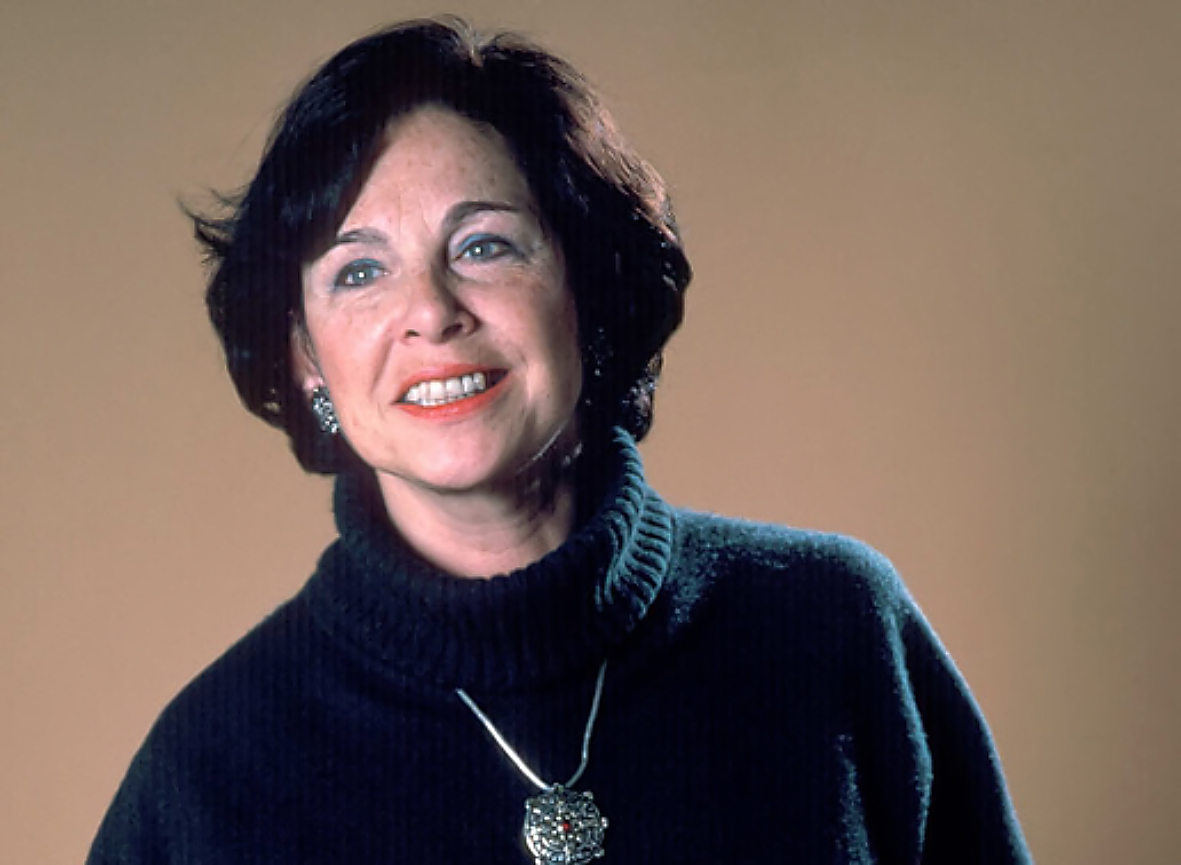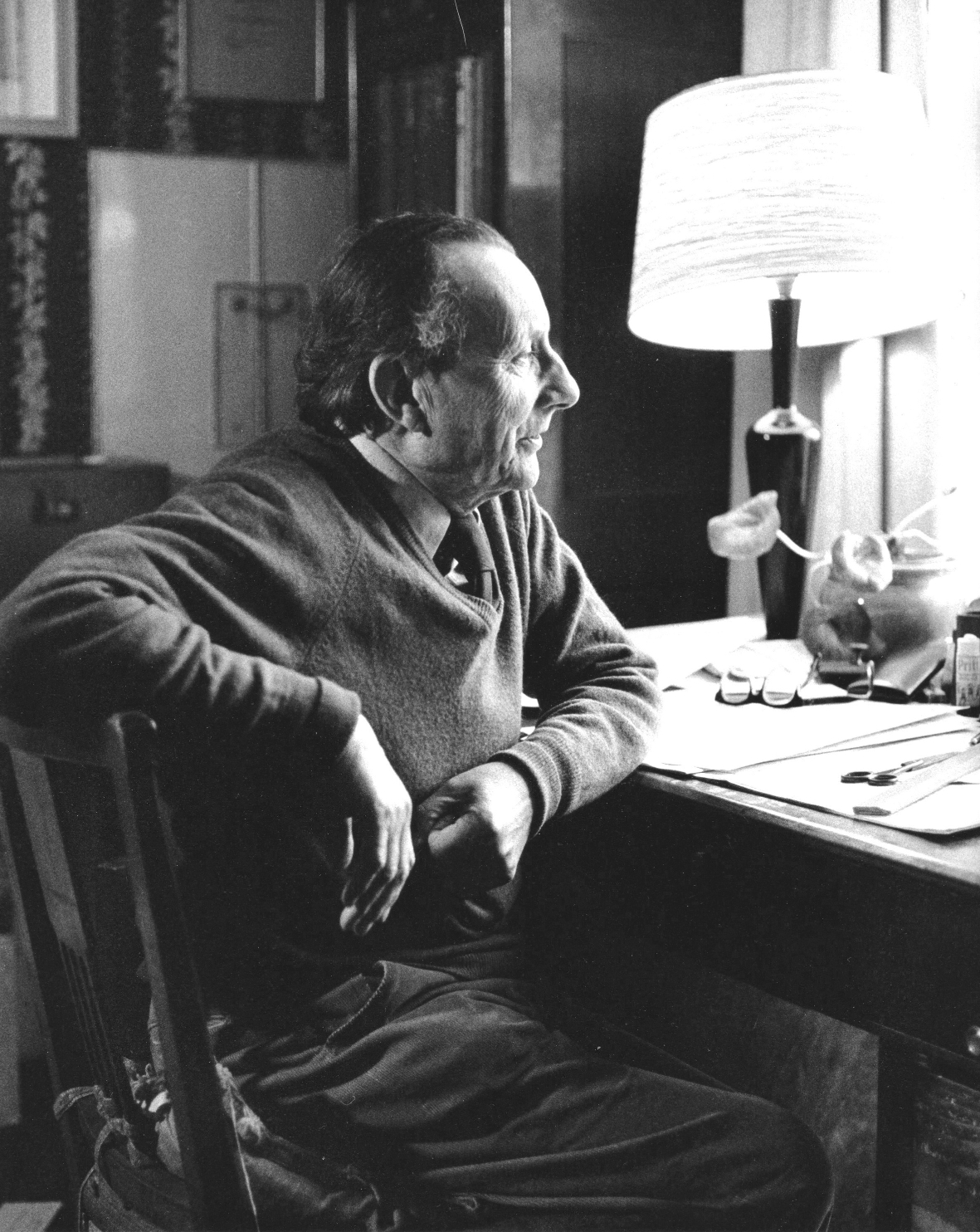Lennox Berkeley in Paris 1979
Allan Clive Jones introduces a Radio France archive about Lennox Berkeley’s brief return to Paris at the end of his life.
Lennox Berkeley’s diary entry for 7 November 1979 begins, ‘To Paris for the concert of my chamber music given by the British Council at the Embassy.’1 For the seventy-six-year-old composer, this was a red-letter day, which he records with ‘great joy’. But what was the concert, which works were played, and how did it all come about? Until recently answers to these questions were unknown. Now, however, thanks to Tony Scotland’s acquisition of a recording from Radio France, answers can be given – though puzzles still remain.
The concert took place the day after Berkeley’s arrival in Paris. It was organised by the Anglophile French composer (and Berkeley enthusiast) Aubert Lemeland (1932–2010),2 and comprised the Viola and Piano Sonata, op. 22 (1945), the String Trio, op. 19 (1943), the Oboe and Piano Sonatina, op. 61 (1962), and the Oboe Quartet, op. 70 (1967). The performers were drawn from the Ensemble de Chambre Français, and a recording of the concert was broadcast on 1 December 1979 on France Culture, the Radio France equivalent of the old Third Programme.3

The radio broadcast began with brief interviews with both Lennox Berkeley and Aubert Lemeland, and a good deal of the discussion centred on the dates of the pieces in the concert. The interviews were in French, and translated extracts are given below. The interviewer was Mildred Clary (1931–2010), herself a distinguished musician (lutenist and guitarist), writer and Radio France producer of British origin. The discussion doesn’t reveal much that is new about Berkeley, but it is interesting to hear the composer himself telling part of his story – in a French accent that, for all its natural fluency, is surprisingly English. (The translation is mine).
Mildred Clary: [Sir Lennox], what prompted you to leave England and study in France?
Lennox Berkeley: Well, basically it was Ravel who advised me to study with Nadia Boulanger. I knew Ravel because when he came to London he had friends – who were also our friends – where he stayed while he was in London [These were Charles Copeley Harding and his wife, the Swedish soprano Louise Alvar, who lived in a large house in Holland Park, and the bilingual Berkeley was summoned from his studies at Oxford to act as interpreter, to accompany Ravel on his outings in the Hardings’ yellow Rolls-Royce and to make sure the notoriously unpunctual French composer reached his appointments on time.]4 It was during one of Ravel’s visits that I saw him and he advised me to come here to Paris and to study with Nadia Boulanger. So I came, thinking to stay for about a year. In the end I stayed for five or six, because Nadia Boulanger had such a powerful personality that I couldn’t make up my mind to leave – to finish my lessons with her.
MC: [How did Nadia Boulanger help you?]
LB: Well, I hadn’t studied music deeply in the way a composer must. I’d never studied technique, which one must do. It was she who advised me to study counterpoint, fugue, analysis of classical music; and so I began to do all that. During the first year I did nothing but counterpoint exercises [...]. It was absolutely essential to do that. That first year was pretty tough.
MC: Do you think that this French period shaped your entire musical language?
LB: Yes, certainly. As I was telling you, I did nothing but counterpoint for the first year, but I heard lots of French music. I already knew French music quite well; that was why I came here, to Paris.
MC: During this period you were friends with illustrious composers of the time, I’m referring to Francis Poulenc, Darius Milhaud, Albert Roussel, Henri Sauguet and others. Which of these were you closest to?
LB: I knew Poulenc very well. He was the only one I knew well as a friend as well as a composer. As regards music, I was much more influenced by Debussy, Ravel and other composers of another generation.
MC: I’d like you to tell us now about the works we’re going to hear, the works that date from the 1940s.
LB: In the things that I composed at that time, I use a language that was of its time, but the form remains close to the classical model – sonata form, with a first theme, second theme, all the things one learns when one analyses that music.

MC: Thank you Sir Lennox Berkeley. I turn now to Aubert Lemeland, whom we know well as a composer, [and] as founder and musical director of l’Ensemble de Chambre Français, whom we’re going to hear shortly. [...] We know that Sir Lennox Berkeley [...] was steeped in French musical culture of, say, the twenties and thirties. I’d like to ask you whether it’s because of that that you have included these works of Sir Lennox.
Aubert Lemeland: Yes, a bit of that, in the sense that the String Trio is a work where one feels Roussel’s influence very strongly. I should say ‘beneficial influence’, as Roussel had the same influence on Martinu in the same period. Thus there’s a connection between this English composer, who’s one of the most remarkable of his generation, and French music. One can say also that practically all renowned composers made a detour to Paris before expressing themselves in, let’s say, their ‘family tree’ [...].
MC: In your view, what are the characteristics of French music that can be found in Lennox Berkeley’s oeuvre?
AL: Transparency, and then a very subtle kind of appropriateness between what I rather crudely call the horizontal and the vertical – that’s to say counterpoint and harmony. That often strikes me in this music, where there is a great harmonic richness, to say nothing of the orchestral works which are often very well orchestrated. There is this perfect union of harmony and counterpoint.
MC: Now, in the first part we are going to hear two works dating from the 1940s. Can you tell us something in particular about them? We are going to hear the String Trio first, then the Viola Sonata.
AL: What struck me in the work for viola and piano is a sense of ‘litotes’. I believe the term in English is ‘understatement’. [...] Whereas in the String Trio, it’s much more evident, much more marked. Moreover, the movements are very clear. I think Sir Lennox has explained that he respected sonata form quite well in this trio.
MC: Do you find, in these two works, the characteristics of French music that you spoke of just now?
AL: I find two characteristics and also a characteristic of English music, which is to say that things are implied. I’m speaking of the Viola Sonata.
MC: In the second part of the concert we’re going to hear the Quartet for oboe and string trio, and I’d like to know how you sense the composer’s evolution relative to the first works. There’s a gap of twenty years.
AL: Regarding difference, perhaps a kind of purification of contrapuntal material. [It’s] more simple. To pick out a highlight, the timbre of the oboe is very marked. The accompaniment is very subtle, but it is much simpler than in the Trio. I think that’s the difference between a work written at 40 years of age and one written at 60.
At this point, Mildred Clary announced the first piece to be performed, the String Trio op. 19, and so the concert began, all of it recorded by Radio France and preserved in their archives, along with the preliminary discussions.
I hinted earlier at remaining puzzles. One is that the event was introduced as a celebration of the ‘anniversaire de Sir Lennox Berkeley’, but Berkeley’s birthday was in May, half a year away from this November concert. Also, by a quirk of fate, the concert took place two weeks after the death of Nadia Boulanger, yet her passing is not mentioned. However, it is clear that the discussion part of the broadcast was edited down, presumably to fit a Radio France slot of one hour, so perhaps the answers to these puzzles lie in the excised material.